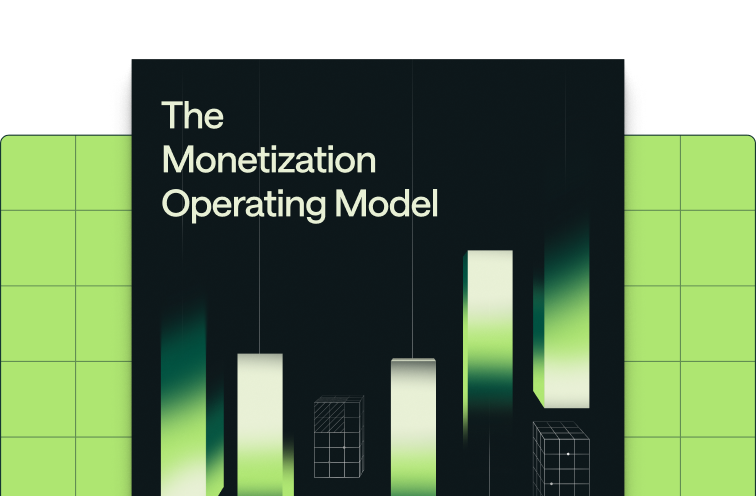Share
It's getting colder, the leaves are changing, and it's time for our October edition of In Tempo! While we continued a steady drumbeat of shipping features, the team also traveled to San Diego for GraphQL Summit and overseas to Dublin, Ireland for SaaStock. We met hundreds of folks in person, met with some of our amazing customers, and had great conversations on all things consumption pricing.
What's new
Dive into event data with our events explorer
This feature enables you to easily view raw events as they enter Metronome, so you can get a pulse on event trends and volume, and analyze event data. Use cases include finding events for a specific customer or ingest alias, seeing events that matched a billable metric, looking up a transaction ID, finding duplicate events, and visualizing your event volume in a given period. You can find the events explorer under the Developers section in the Metronome app.

Use Metronome as your pricing source of truth with our new API endpoints
We’ve launched three new endpoints for plan details, plan charges, and customer-specific price adjustments, so your team can pull pricing and packaging data directly from Metronome.
- Get plan details returns high-level plan details including plan metadata, plan minimums, and recurring credit grant information. See documentation here.
- List plan charges fetches a list of charges for a specific plan. This includes fixed, usage-based, and composite charges as well as ramps, tiers, and pagination. See documentation here.
- Get customer plan adjustments pulls all price adjustments for a customer plan. This includes percentage-based and fixed amount increases or decreases as well as price and quantity overrides. See documentation here.
Fixes and improvements
APIs:
- Updated Postman collection. Metronome customers who fork our Postman collection will now get the latest version of our API which includes Alerts. See our Postman documentation if you’re interested in using the collection.
Business model support:
- Unique aggregation is now generally available. Unique aggregation is defined as the count of distinct values of a given property for all events that match the filter. See our documentation here that also explains how we calculate unique values.
- Grant product-specific credits for one or multiple products. If you’re already utilizing credit grants with Metronome and are interested in implementing product-specific credits, reach out to your Growth representative who can help walk through it.
- Add composite charges to a plan. These charges are calculated as a percentage of specific line items. One common customer use case is using composite charges to model Premium Support fees that are a percentage of spend across a distinct set of products.
Infrastructure:
- Continued to ship improvements to our aggregators to enable faster usage and cost queries. We also migrated to our new scalable data platform. Our events explorer is one of the features powered by this new data platform.
Get in touch
Enjoying our changelog? Have feedback on how we can improve it? We’d love to hear from you! If you’re interested in learning more about these features, you can get in touch with us here or reach out to your Growth representative.












